One week on from the break-in at the Louvre, investigators have tightened their net. Two men from Aubervilliers now sit in extended custody, after a co-ordinated operation in the suburb and at Paris-Charles de Gaulle. The rapid shift from whispers to arrests has left visitors, staff and locals asking how the chase unfolded so fast, and what comes next.
What we know so far
Sources close to the investigation confirm two suspects linked to last week’s burglary were detained on Saturday. Officers arrested one man in Aubervilliers, north of Paris. Colleagues from the Research and Intervention Brigade (BRI) stopped the second at Paris-Charles de Gaulle around 20:00, inside the border-post area. He had already cleared the initial police checks.
Two men, both from Aubervilliers, were detained on Saturday evening; one in the suburb itself, the other at Charles de Gaulle around 20:00.
Both men remain in police custody, which can last up to 96 hours when investigators pursue an organised offence, under judicial oversight. That window allows teams to conduct line-by-line interviews, seize devices and compare seized material with forensic traces lifted from the museum.
How the arrests came together
Detectives moved quickly from the first week’s sift of camera footage, entry logs and site traces. Teams from the technical and scientific police processed fingerprints, footwear marks and microscopic transfer materials. DNA traces, once flagged by the lab, helped narrow the field to known profiles and associates inside the Paris region. From there, surveillance pinned down movements between Aubervilliers and transport hubs.
When the watch on the second suspect showed imminent departure from France, the BRI coordinated with border police to intervene on the airside. Timing mattered; once a passenger passes controls, any misstep can alert associates. The operation unfolded without disruption to flights.
Forensic work—especially DNA cross-checks—proved decisive, pushing investigators from a broad canvas to two precise targets within days.
Inside the interrogation room
During the first 24 hours, officers focus on identity, timelines and contradictions. They test stories against phone data and CCTV. If a judge authorises an extension, interviews turn to roles, planning and contacts. Interrogations run in short bursts, with breaks and access to legal counsel.
- Establish movements near the Louvre and in Aubervilliers in the days before the break-in.
- Compare handset locations with cell tower records and transport card taps.
- Match clothing and footwear to marks recovered at the scene.
- Probe any attempt to liquidate or move items after the burglary.
Specialists trained in cognitive interviewing handle the sessions. They test memory under gentle pressure, watch for rehearsed narratives and introduce verifiable facts without revealing the full file.
Why aubervilliers keeps coming up
Aubervilliers lies on key arteries into Paris and sits close to logistics hubs, railheads and motorways. That geography attracts both legitimate warehousing and those who thrive on fast exits. For investigators, the suburb offers advantages too: multiple cameras, well-mapped networks and frequent joint operations with local units who know the streets.
Security questions for the world’s most visited museum
The Louvre runs layered protection: perimeter checks, internal patrols, sensor arrays, and a command centre with real-time feeds. No system is airtight. Night-time shifts create windows; maintenance teams move across zones that may be briefly disarmed; contractors change. After a breach, standard practice is to audit each ring, revalidate contractor permits and rotate codes and access cards.
Expect a fresh audit of overnight procedures, contractor access and sensor coverage across service corridors and loading docks.
Visitors should not see armed sweeps or queues balloon. The museum typically absorbs upgrades behind the scenes, adding targeted checks near delivery bays and storerooms rather than gallery bottlenecks.
Timeline at a glance
| Time | Development |
|---|---|
| Last week | Burglary reported at the Louvre; forensic teams secure and process the site. |
| Midweek | DNA flags potential profiles; surveillance begins in northern suburbs. |
| Saturday ~20:00 | BRI detains one suspect at Paris-Charles de Gaulle beyond border checks. |
| Saturday evening | Second suspect arrested in Aubervilliers; both transferred into custody. |
| Up to 96 hours | Interviews, device analysis and cross-checks under judicial oversight. |
What investigators will try to establish next
Detectives will map the planning stage. They will seek vehicles, safe flats and storage. If other players helped with tools, transport or lookouts, phone analysis and automatic number-plate recognition may surface them. Banking checks look for sudden cash, card-free days around the burglary and purchases of specialist equipment.
At the same time, the team will stress-test the airport angle. They will ask who booked tickets, who paid, and whether the route signalled a quick hop or a longer escape chain. If a bag travelled with the detained man, forensic swabs may recover micro-traces that match the museum scene.
Your questions answered
How long can custody last?
In common investigations, custody runs up to 24 or 48 hours. When officers work suspected organised offences—such as a burglary carried out by a structured group—a judge can extend custody to 96 hours. Each step requires strict procedural safeguards.
Does an airport arrest mean the case is closed?
No. An arrest stops movement; it does not end the inquiry. Officers still need to test alibis, locate any missing items and identify accomplices. Court proceedings require corroboration that goes beyond a border stop.
Will museum visits change this week?
Expect visible patrols near entrances and discreet checks behind the scenes. Ticketing and gallery access should flow normally. Staff will receive briefings on new procedures for deliveries and maintenance work.
What this means for readers
If you plan a trip to the Louvre this week, arrive a little early and travel light. Security teams work faster when bags are small and electronics are limited. If you spot unattended items or forced doors near service areas, alert staff immediately. Small reports often unlock bigger cases by adding one missing time-stamp or angle.
For residents in northern Paris, police presence around Aubervilliers may feel more visible over the coming days. That does not signal wider disruption. It reflects targeted steps to identify addresses, vehicles and contacts tied to the two men now in custody.
Context that helps you read the next steps
Forensic DNA does not act alone. Labs rank partial profiles by confidence. Investigators then seek supporting material: fingerprints, fibres, consistent routes, and messages. A case gains strength when several independent strands align. If courts authorise further searches, expect new seizures of clothing, tools and digital devices.
If you follow major cases, a useful mental model is the “four-corner test”: means, motive, opportunity and linkage. Investigators already point to means and opportunity through routes, tools and timelines. The coming days will probe linkage—ties between the suspects and the scene—and test motive through financial patterns or debts. This approach helps readers weigh new developments without getting lost in noise.


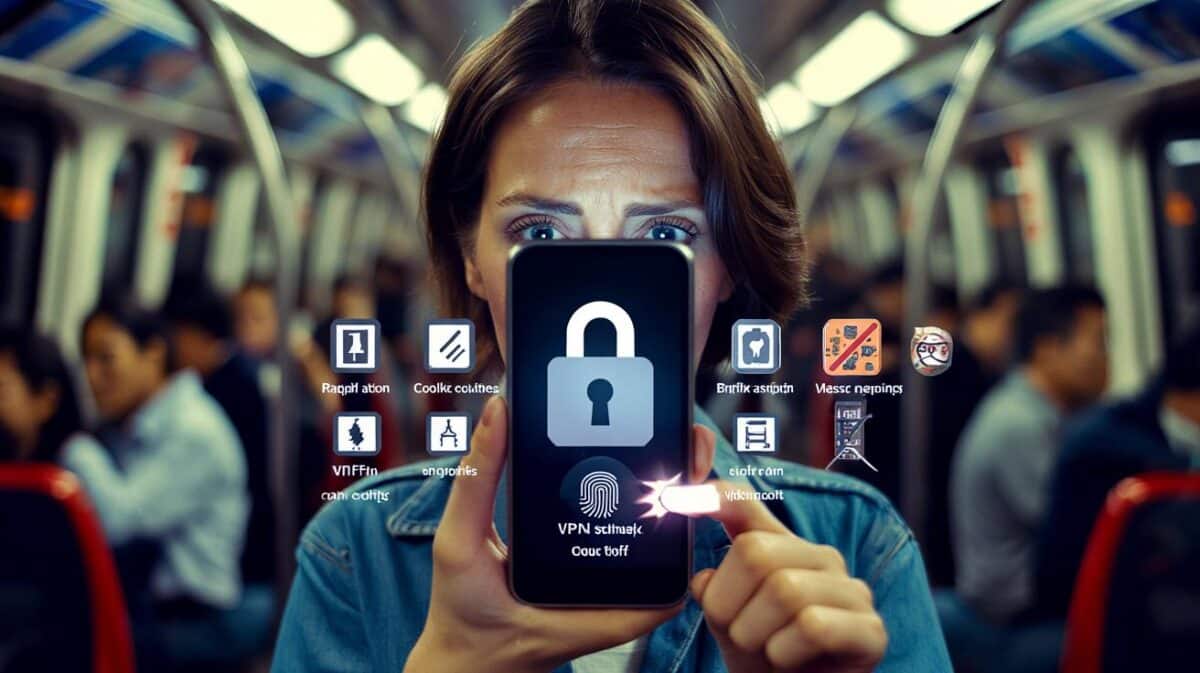
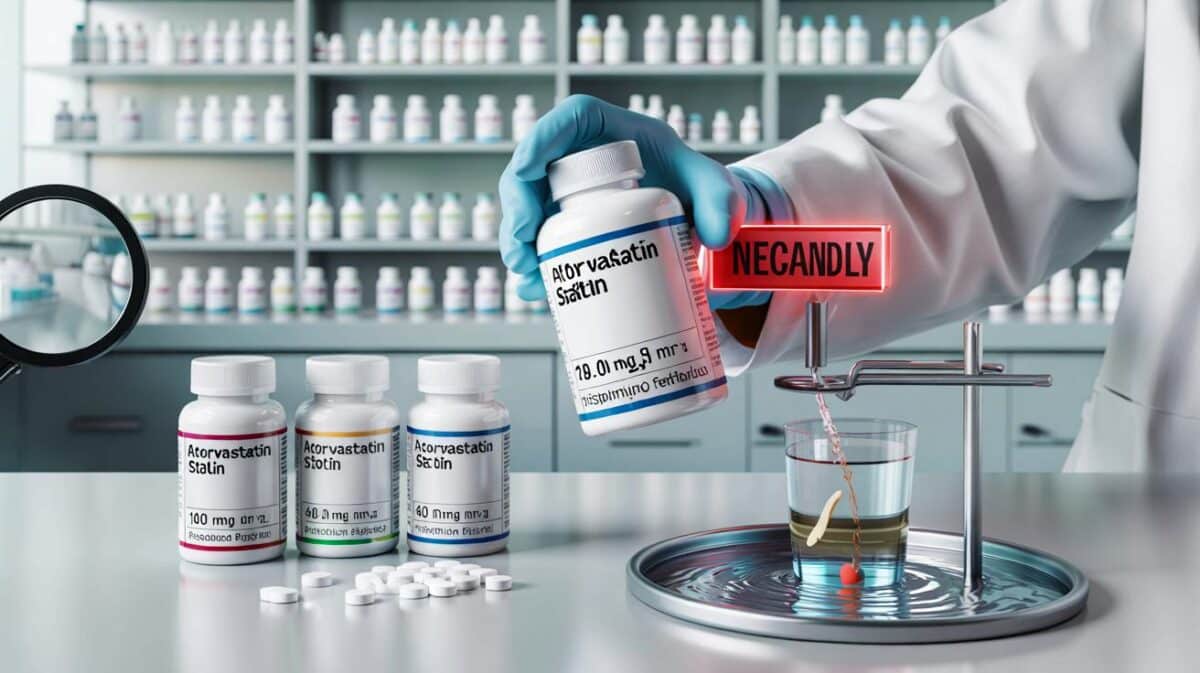
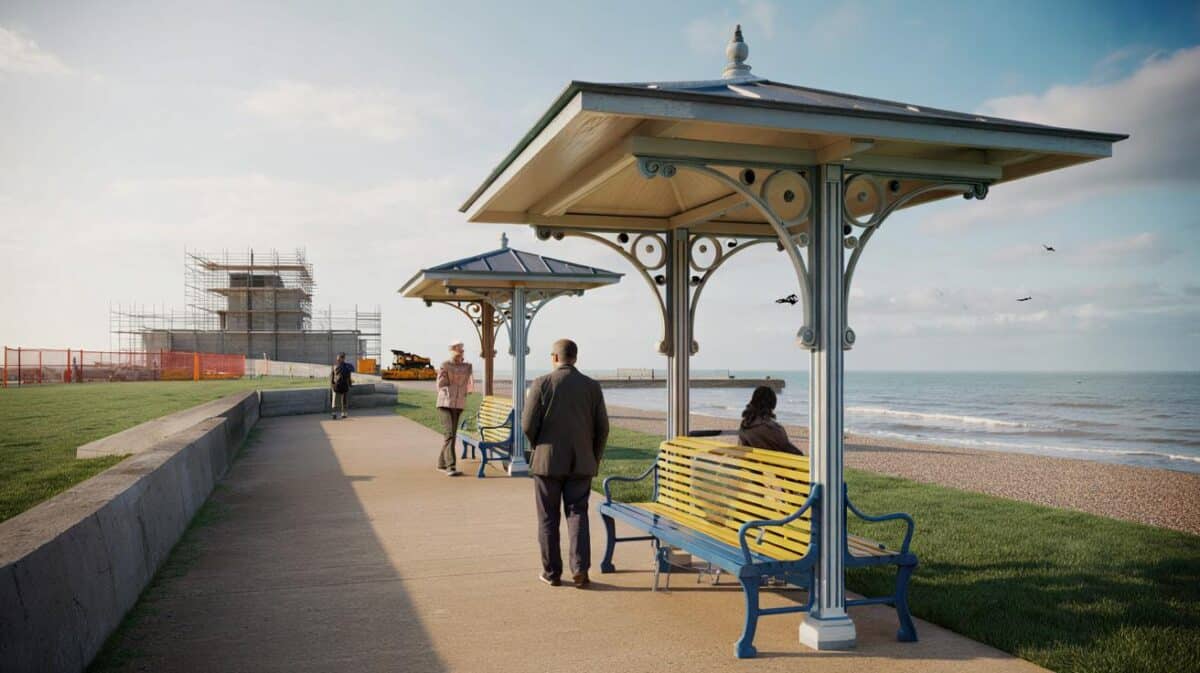

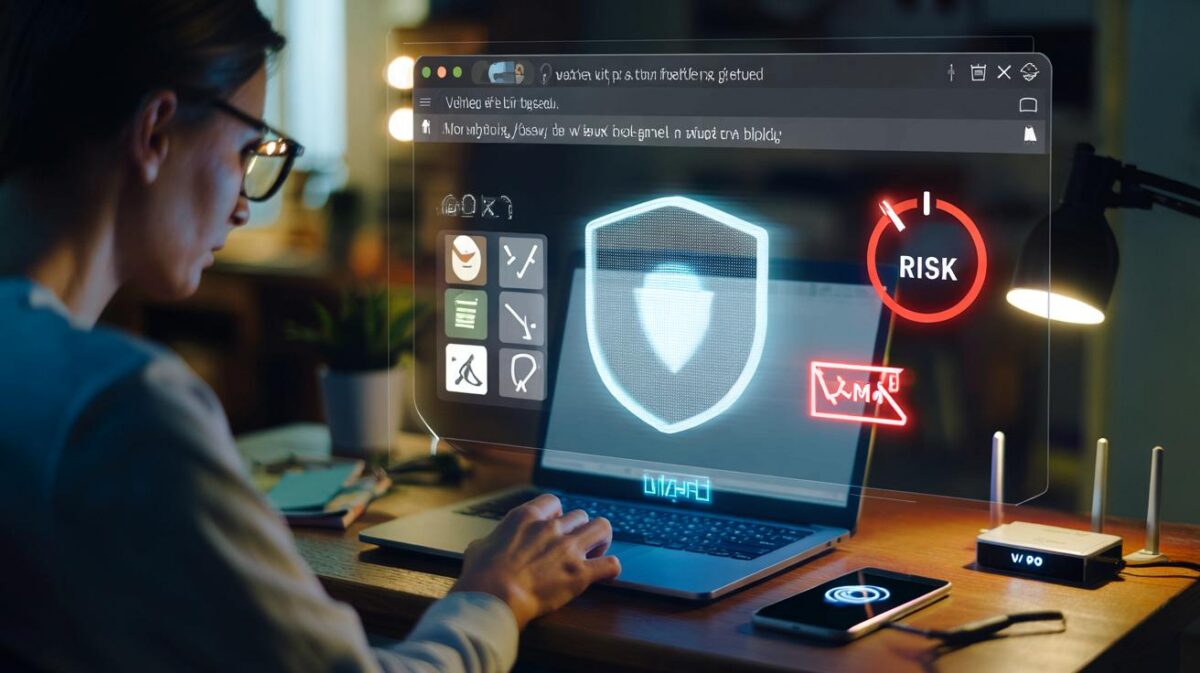
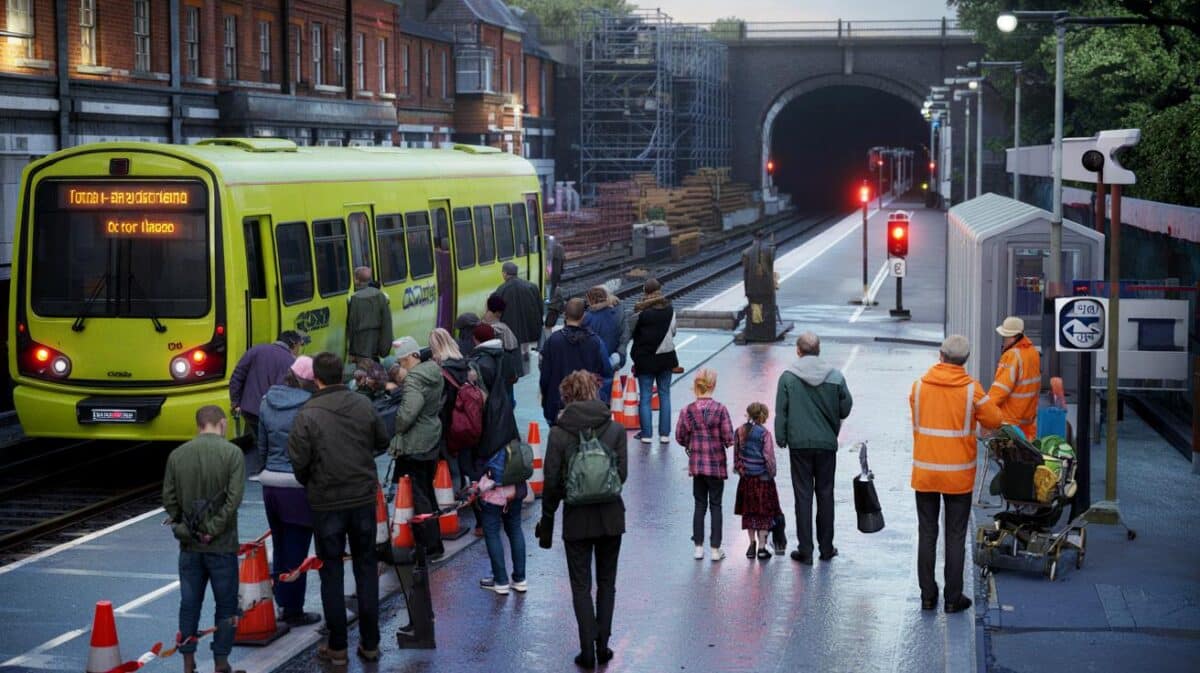

He’d reallly cleared the initial checks and still got nabbed? Feels like the chase outran the airport protocols—wild if true.